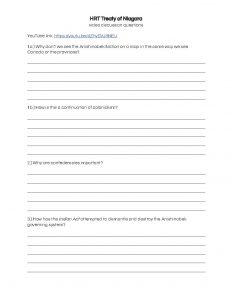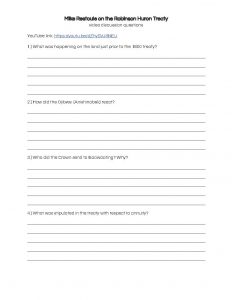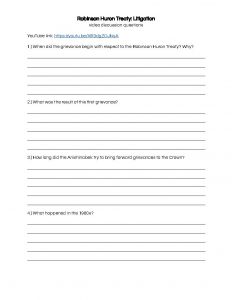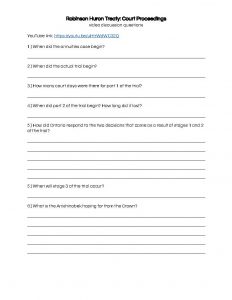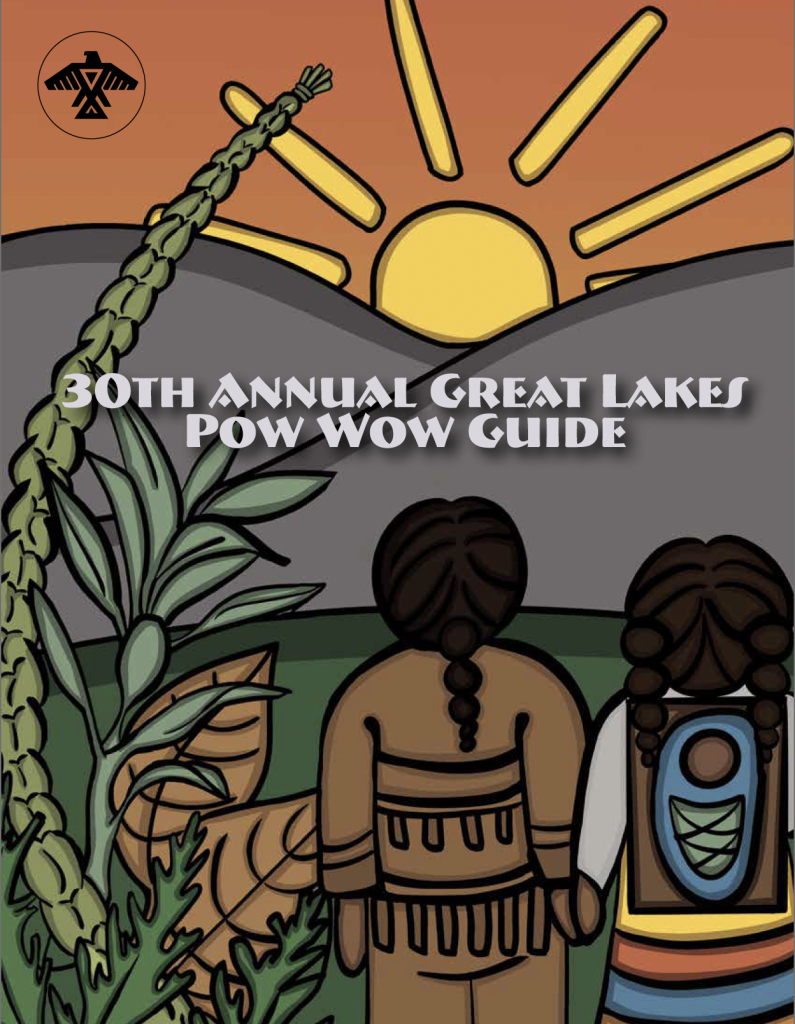Robinson Huron Treaty
Big Ideas
- The Robinson Huron Treaty signed in 1850 outlines an agreement for sharing land and resources.
- The First Nations in the Treaty territory did not surrender their land, but agreed to share it in exchange for an annual payment from any resource revenue in the territory.
- An escalator provision was included in the Treaty to anticipate annuity increases when resource revenues increased.
- Despite the billions of dollars in revenue from various resources taken from the territory, the annual payment has not changed since 1874 and still remains only $4.
- All Anishinabek members of the treaty were to have unrestricted access to hunt and fish as they always had throughout their traditional territories.
Let’s Explore:
Watch the following videos and use the questions provided to guide a discussion with students:

